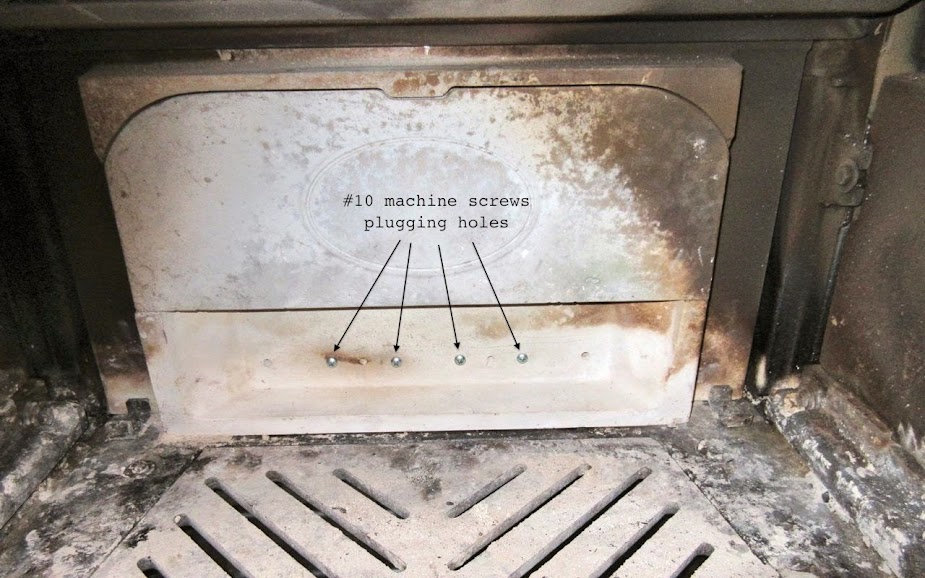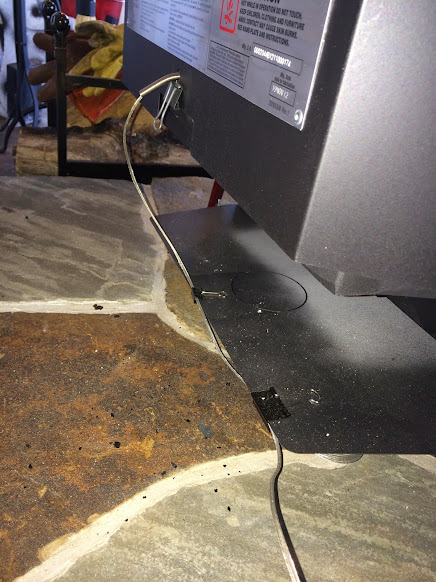The one you posted the picture link to didn't point to a specific page on the web - it seemed to only link to the image file itself. So I wasn't able to exactly locate the TC you wanted to reference. Instead, I just google searched for that image and found copies of it all over the place. I looked up one on eBay and found it was deficient in terms of max temp. But ... 1250C is great and if thats really the spec on it, then it would be just fine.
For more:
Check this thread out...
For more:
Check this thread out...
Last edited:






